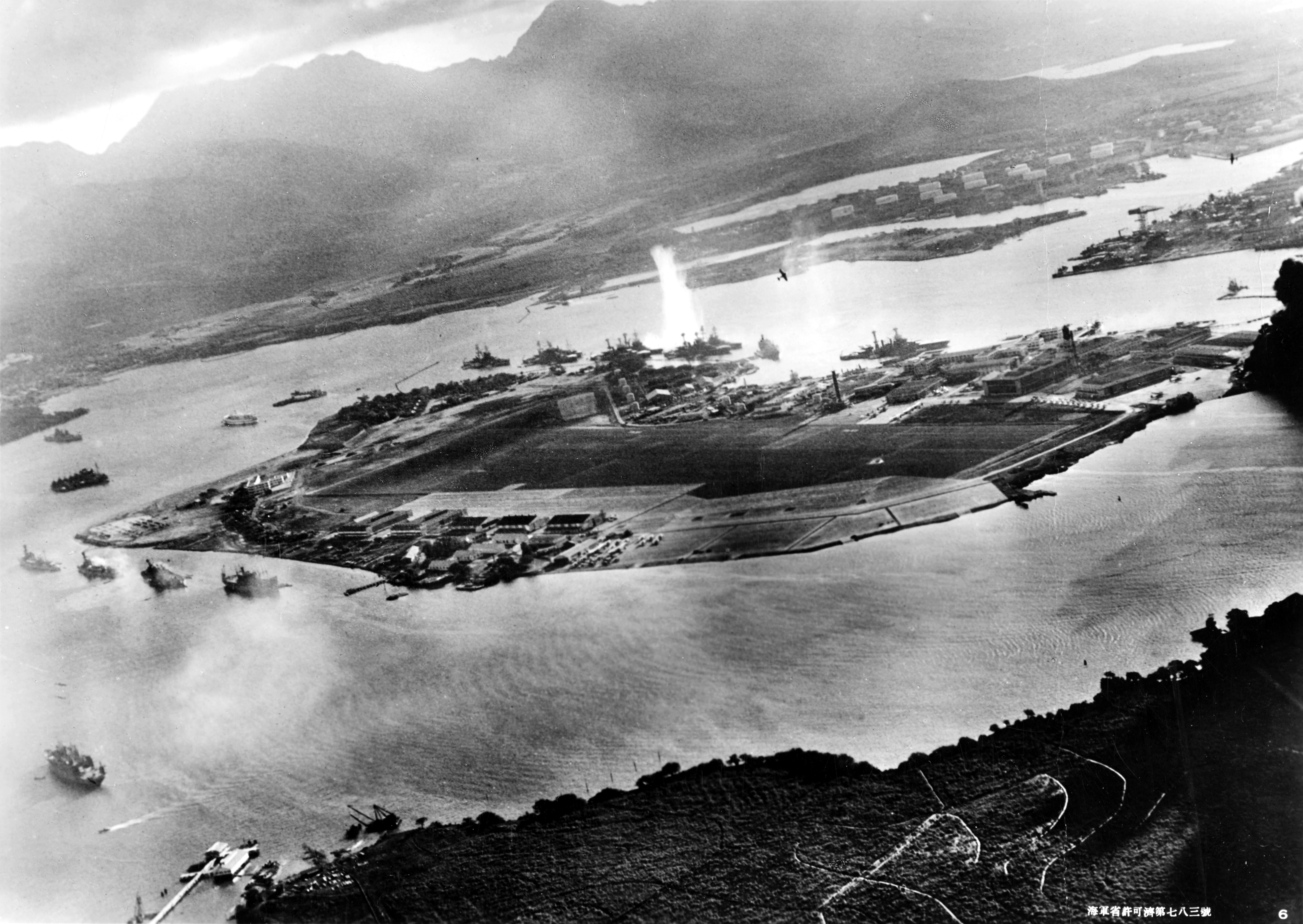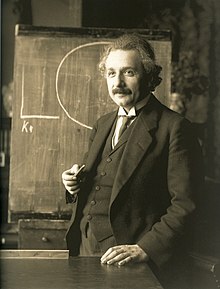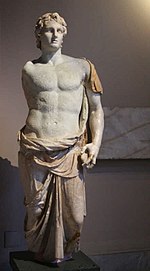“Yesterday, December 7, 1941, a date, which will live, in infamy.”
The attack on Pearl Harbor is one of the most famous events in history. The Japanese launched a surprise attack on the United States Naval Base of Pearl Harbor. The attack came as a profound shock to the American people and led directly to the United States declaring war against Japan the next day, December 8. The attack on Pearl Harbor led to the United States entering World War II.
The attack had several goals. First, it intended to destroy the American fleet, thereby stopping the U.S. from interfering in the Japanese conquest of the Dutch East Indies and Malaya. Second, it hoped to buy time for Japan to consolidate it’s position before the shipbuilding just recently authorized by the 1940 Vinson-Walden Act allowed the United States to gain an advantage and erase any hope of a Japanese victory. Third and finally, it was meant to destroy the American’s morale and stop them from entering the war. The overall goal was, however, to allow Japan to conquer Southeastern Asia without interference from the United States.
Six aircraft carriers departed from Japan on November 26, 1941. They held 408 aircraft. The day before five submarines had also left the island. The attack occurred before a declaration of war had been announced, however this was never the original intension. Actually the attack was not supposed to happen until thirty minutes after war had been announced. The Japanese embassy did not, unfortunately, transcribe and deliver the message to the United States until long after the bombing had started.
The first wave of the attack consisted of 183 planes. Radar did detect the incoming planes, but the officers in charge of the naval base were not told how many planes were coming, so they assumed that they were the six B-17s that were scheduled to arrive. Many men awoke that day to the sound of bombs exploding. Many more never awoke at all.
The second wave consisted of 171 planes that were split into three groups. The different groups arrived simultaneously from different directions. Ninety minutes after the attack began, it ended.
2386 Americans were killed, and 1139 were wounded. 18 ships were destroyed or run aground, five of which were battleships. Although many ships were destroyed in the surprise attack, several aircraft carriers and almost all of the United States submarines, which would play an important role later on, were untouched. The day after the attack, Roosevelt gave his famous infamy speech to a joint session of Congress, calling for a formal declaration of war. Less than an hour later war was announced.
In the end, Japan did not complete all of its objectives. Even though it was a strategic victory for Japan, the attack on Pearl Harbor only “Awoke a sleeping giant.” And led to the Allies winning World War II.





